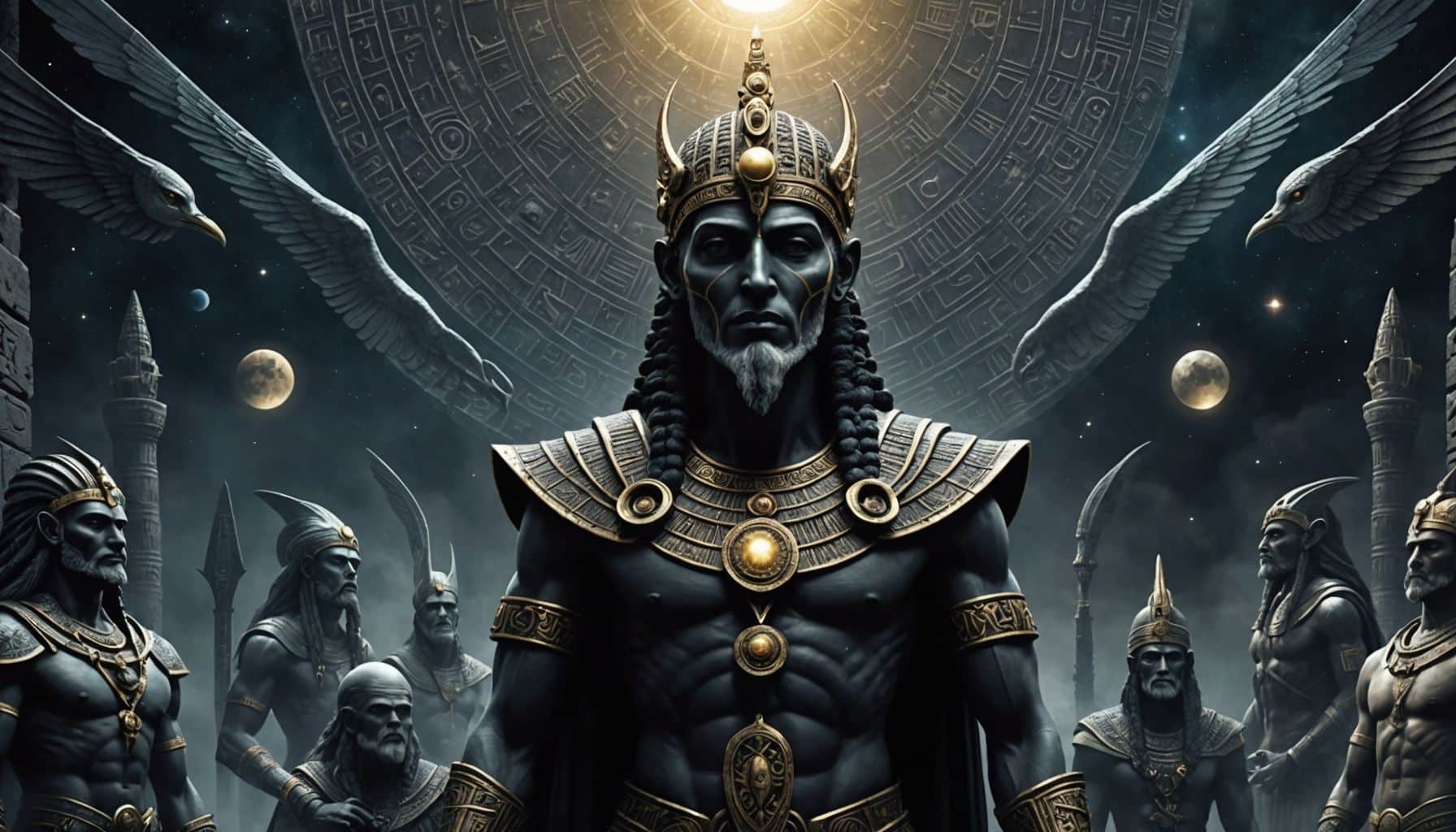The ancient ritual of Hepatoscopy reveals profound insights into the beliefs and practices of the Anunnaki civilization. This complex ceremony involved the examination of sheep livers to interpret omens, reflecting the intentions of the gods and the artisans who worshipped them.
Key Takeaways
- Hepatoscopy was a ritualistic practice for divination.
- The baru, or reader, had to purify himself before the ceremony.
- Specific deities were invoked for guidance during the readings.
- The liver’s condition was meticulously examined for signs.
- Omens were recorded and passed down through generations.
The Ritual of Hepatoscopy
The ritual of hepatoscopy was not just a simple act of reading signs; it was a complicated ceremony steeped in tradition. The officiant, known as the baru, had to undergo purification and wear special garments. This preparation was essential to ensure that the readings were accurate and meaningful.
Prayers were offered to deities like Shamash, Hadad, and Ramon, who were revered as the Lords of divination. These prayers were directed towards specific questions, seeking clarity and guidance.
The Importance of the Sacrifice
A sheep was selected for sacrifice, and it had to meet strict criteria. The animal needed to be immaculate, much like the requirements for building the Third Temple. The manner of slaughter and the subsequent examination of the liver were conducted with the utmost care. If the signs were unclear, a second sheep would be sacrificed to ensure accurate readings.
Historical Context: Nabonidus
One notable figure in this practice was Nabonidus, the last king of Babylon. He sought to restore a temple dedicated to the Moon God, Sin, and wanted to ensure that his actions were favored by the chief deity, Merodach. He consulted the liver of a sheep multiple times, but the signs were unfavorable. This led him to believe that the model of the symbol he created was incorrect. After making adjustments, he found the signs to be propitious.
Chaos Magic and Interpretation
This situation raises intriguing questions about the nature of chaos magic. Nabonidus’s attempts to manipulate the signs suggest a deeper understanding of the process. He sought to redefine the symbols and their meanings, which is a hallmark of chaos magic. This indicates that the practice of hepatoscopy was not merely about divination but also involved a complex interplay of intention and interpretation.
The Legacy of Omens
The results of liver inspections were meticulously recorded and passed down through generations. This practice ensured that the wisdom of the past informed future decisions. The sins of the fathers were believed to affect their sons, creating a continuous cycle of learning and interpretation.
Good Signs vs. Bad Signs
In Babylonian culture, signs were categorized as either good or bad. The right side of the liver was considered lucky, while the left side was seen as unlucky. Signs on the right side were thought to pertain to the king, the country, or the army, while those on the left referred to enemies. This duality reflects a broader understanding of fate and fortune in their society.
The Symbolism of Anzu
The term Anzu, which means vulture or eagle, adds another layer of complexity. Anzu had both favorable and sinister connotations, indicating that omens could be interpreted in multiple ways. A good sign on the right side was favorable for Babylon, while a bad sign on the right could spell trouble.
Conclusion
The practice of hepatoscopy in ancient Babylon was a rich tapestry of ritual, belief, and interpretation. It served as a mirror reflecting the intentions of the gods and the actions of humanity. Understanding these ancient practices offers a glimpse into the complexities of their worldview and the significance they placed on omens and divination. As we explore the mysteries of the Anunnaki, we uncover not just their rituals but also the profound meanings behind them.




